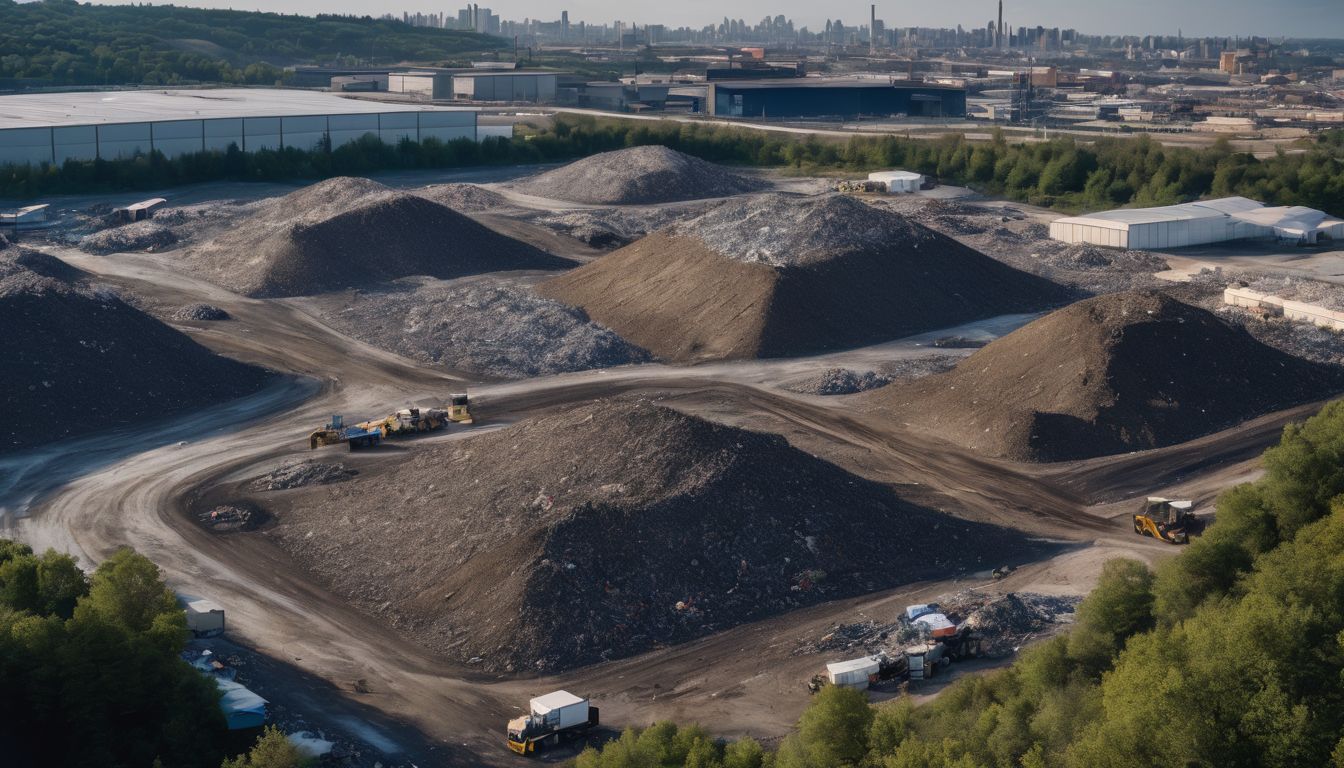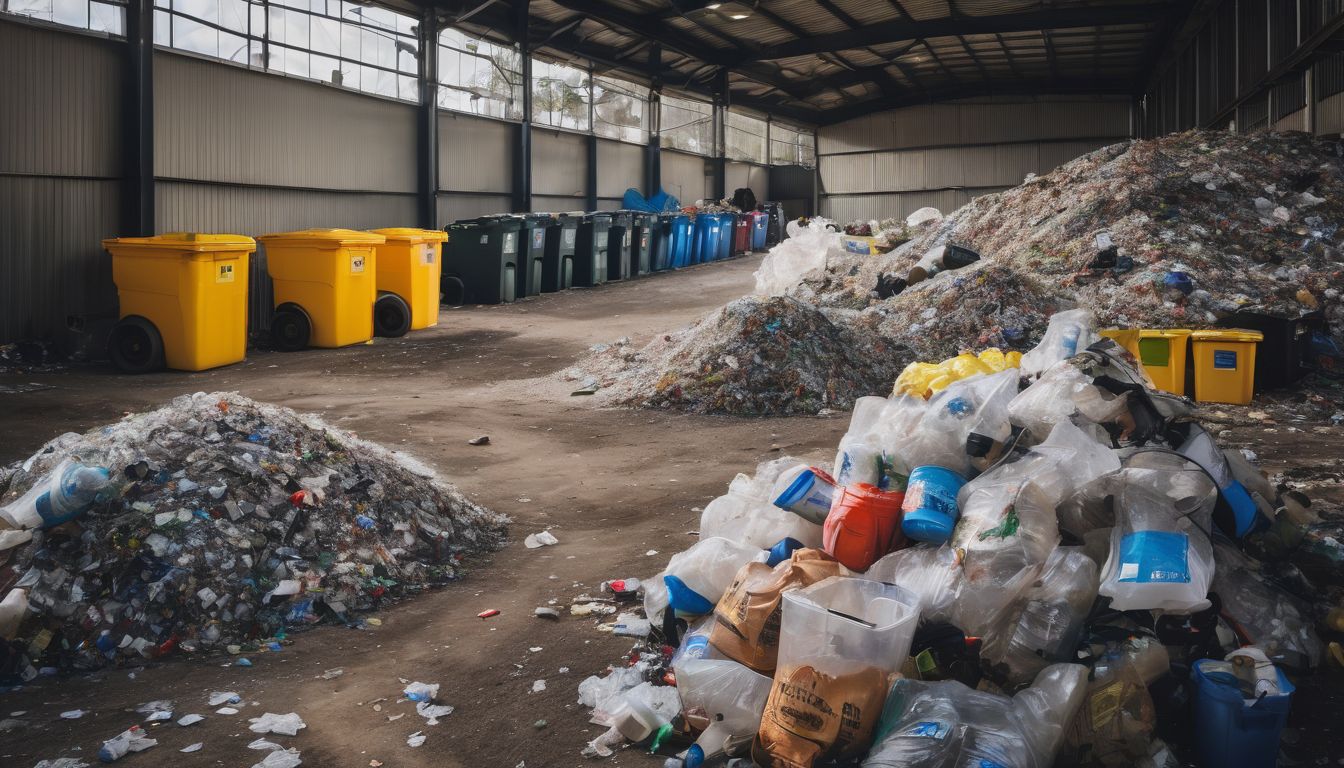Interested in a recycling project with a great community-focused result? How about making a cob bench out of used plastic bottles! I live in cooperative housing on my University’s campus, where students live and learn together to promote sustainable living. Our on-campus sister community known as the “Domes,”1 garnered community support for this awesome project that achieved massive waste diversion through sustainable architecture.
To get you even more excited about this project, did you know that the average American throws out 4.6 pounds of waste each day?2 That equals 251 million tons of trash per year. Furthermore, consider that Americans use 2.5 million plastic bottles every hour—86 percent of which become garbage or littler.3;4 Recycling is a great option compared to landfill disposal, but the recycling process uses a vast amount of energy. Additionally, plastic bottles cannot be recycled into plastic bottles, they become lower grade plastic to build new things like synthetic fiber.5 This is why straight waste reduction and diversion is the way to go!
https://web.archive.org/web/20160404024250if_/http://www.youtube.com/embed/zyF9MxlcItw 6
BENEFITS FOR THE ENVIRONMENT: Other than the enormous environmental benefits of diverting waste and constructing a structure without concrete, this project will help spread waste diversion awareness while bringing your community together to learn and bond.
Time: A full-size cob bench can be a lot of work. If you have a truly dedicated crew, this project can be completed in a weekend. However, don’t be surprised if it stretches over to several weekends before it is totally complete.
Cost: Labor is definitely the largest cost associated with this project. You will need to get your hands on soil with a high clay content, straw, and “urbanite” (reclaimed, recycled concrete from the demolition of roads, buildings, and sidewalks).7 You could just use stones for the base of your bench, but using reclaimed materials such as urbanite is more fun and sends a stronger message. You should not be purchasing any plastic bottles or waste for this project, that would defeat the entire purpose, but your community will need to do months of collecting to get an adequate supply for your structure.
Step 1:Portable landfill devices (PLDs) aka “bottle bricks”
Your community needs to collect hundreds of plastic bottles for this project to be a success. It may be easier if they are the same size, but this is not vital. Make sure the bottle is completely dry before stuffing it with waste, and remember to keep track of the caps. You will also need to collect plastic bags, chip bags, Styrofoam, broken rubber bands, and any other trash that is dry and compactable. Make sure the trash is free of all moisture and food remains, then start packing away! A 20 ounce plastic bottle can hold 26 chip bags!8 Use a stick or wooden tool to pack the bottle brick with trash, until every portion is solid and you cannot fit any more waste into the bottle. Creating hundreds of bottle bricks can obviously be a long process. That is why community support and coordination is crucial to this project’s success. If you can get 30 households making bottle bricks from their waste, then you will have enough PLDs, or “bottle bricks,” for construction in no time, and think of all the waste you are diverting!
 9
9
Step 2:The foundation
Like most construction projects, you need to pick a level location that appears to have good drainage. Make sure to also choose a spot where you will enjoy sprawling out on your new cob bench, and that will be a convenient community-gathering locale. Use rocks or urbanite to trace out the shape of your bench. Then fill the enclosed perimeter with gravel. The gravel keeps the cob from touching the ground. Once your cob is dry, you do not want it to get wet again, so preparing a proper foundation is extremely important.10
 11
11
Step 3:Earthbags
Earthbag construction is an easy construction technique that evolved out of “historic military bunker construction techniques” and flood control methods.12 You fill sturdy sacks with soil you have on site, then stack them to make a rough structure. This is the core of the structure, so it should be solid and compact. Use a tamping tool to pack the bags down into place. The Domes’ bench also had vertical bamboo pillars added at this stage, in anticipation of building a roof to keep the bench dry.
 13
13
Step 4:The Cob
Cob is a great building material made out of sand, clay, straw, water, and earth. See a great cob tutorial here: How to Build a Cob Oven . Spread the clay, soil, and straw onto a tarp and start mixing with water. You can use the tarp for leverage as you mix the cob with your feet.14 Many sources say the only good way to mix cob is with bare feet. Whether a myth or not, it is fun; so crank the tunes and have a cob dance party with your friends as you mix the magical earthen ingredients. Mixing is one of the most important parts of making cob, so do a thorough job. Once the cob has the consistency of cookie dough, you are ready to go.
 15
15
Step 5:Cob coating
You now get to coat the outside of your bench with the cob. Pack it on well, and make sure to fill in all of the cracks so it is structurally sound. This can be a long process, so the more people packing, the better. Also consider the design of your bench at this stage, because once the cob is packed down, you cannot go back. The Domes’ bench incorporated the PLDs into the back of their bench, between a bamboo framework. Small windows were also installed at the end so future generations could peer in to see the PLDs trapped inside. Overall, with the help of 300 students volunteering their time, the Domes’ bench contains 160 bottles with over 80 lbs of student trash!16
 18
18
Step 6: Sealing or covering
Let your cob dry thoroughly, you will then need to decide how you will keep it dry for the years to come. You could seal it with oils, or build a protective covering to keep it dry.19 This is an amazing cob-building handbook that you should consider for future cob projects as well: weblife.org.
Takeaway and acknowledgements
Earthen structures that incorporate diverted waste, such as this cob bench, are an enormous testament to the potential of sustainable structures on a localized scale. This project taught hundreds of students the value of waste diversion and community supported sustainability. You should definitely consider a similar project in your community. It is an amazing way to bring people together, spread awareness for a pressing environmental issue, and end-up with a sweet bench that if properly maintained could last for hundreds of years. Finally, I’d like to give a special thanks to Brennan Blazer Bird, a former Domes resident, for organizing and leading this amazing community project. Your dedication to sustainable living is visible in everything you do and this bench will remain a public reminder of your dedication to the environment.
 20
20




